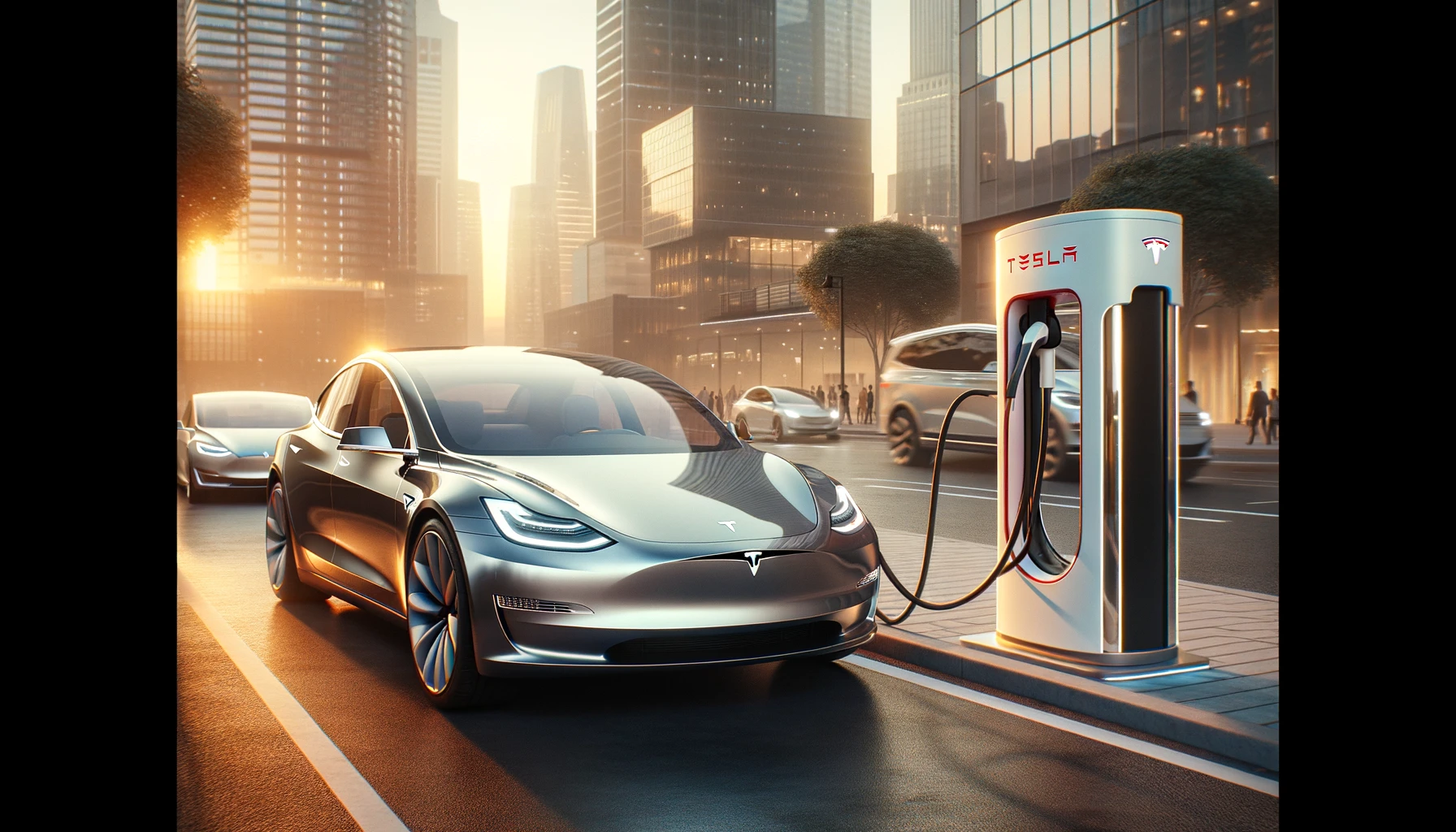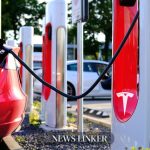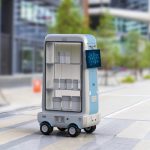The National Highway Traffic Safety Administration (NHTSA) has pivoted from closing an investigation into Tesla’s Autopilot to initiating a Recall Query. This move aims to assess the effectiveness of the Autopilot’s updated safeguards, which were implemented through an Over-the-Air update in late December. This update was part of a broader recall effort by Tesla to enhance driver attentiveness and overall safety amidst concerns over past incidents involving the Autopilot system.
Insights from Tesla’s Recent Safeguard Enhancements?
Tesla’s response to the NHTSA’s scrutiny included several updates aimed at keeping drivers more engaged. These enhancements encompassed more prominent visual alerts, simplified engagement of the Autosteer function, and rigorous checks when activating Autosteer. Tesla also introduced measures to suspend Autosteer for drivers who repeatedly fail to maintain proper attention. The effectiveness of these updates is now under examination by the NHTSA to ensure they adequately address safety concerns.
What Did the NHTSA Find in Recent Crashes?
The NHTSA has analyzed various crashes involving Tesla’s Autopilot. Their findings reveal that in many incidents, driver inattention and misuse of the Autopilot system were significant factors. The agency is particularly concerned about incidents that occurred even after the implementation of the new safeguards, prompting them to question whether the measures are sufficient and if drivers can too easily bypass them.
Is Tesla’s Recall Sufficient for Enhanced Safety?
Despite the introduction of these new features, the NHTSA has decided to open a Recall Query, indicated as RQ24009, to further assess the recall’s effectiveness rolled out in December. The query seeks to verify that the safety updates are robust enough to prevent the types of crashes previously observed, and crucially, that they cannot be easily disabled by drivers.
Tesla’s initiatives have previously been scrutinized for their effectiveness in real-world scenarios. Reports from various sources, including a scientific study published in the Journal of Safety Research, titled “Examining the Safety Implications of Tesla’s Autopilot,” indicate a recurring theme of over-reliance on automation by drivers. The study suggests that despite technological advancements, human oversight remains crucial, and systems like Autopilot may inadvertently encourage lower vigilance among users.
Further insights into this issue come from related news articles, such as one from USA Today titled “Tesla’s Safety under the Microscope Again” and another from The Verge titled “Tesla Updates Autopilot: Safety Revolution or Publicity Stunt?” Both articles highlight ongoing concerns about whether Tesla’s updates sufficiently address the fundamental safety issues or merely provide superficial enhancements. They underline the critical balance needed between technological innovation and safety assurances in automated driving systems.
Key Inferences from Recent Developments
- Driver engagement features must be foolproof to prevent misuse.
- Continuous real-world testing is vital for evaluating safety measures.
- Regulatory oversight will intensify as reliance on automation increases.
Tesla’s journey with its Autopilot system underscores a broader challenge in the automotive industry: aligning technological innovation with safety. While Tesla has been proactive in rolling out updates, the ongoing scrutiny by the NHTSA highlights a crucial oversight role that aims to keep such innovations in check. Looking ahead, the effectiveness of Tesla’s recent updates and the outcomes of the NHTSA’s Recall Query will be pivotal in shaping policies and perceptions surrounding automated driving systems. Ensuring that these technologies not only enhance driver convenience but also improve safety will be paramount. If successful, these efforts could pave the way for more widespread acceptance and confidence in automated driving technologies.










